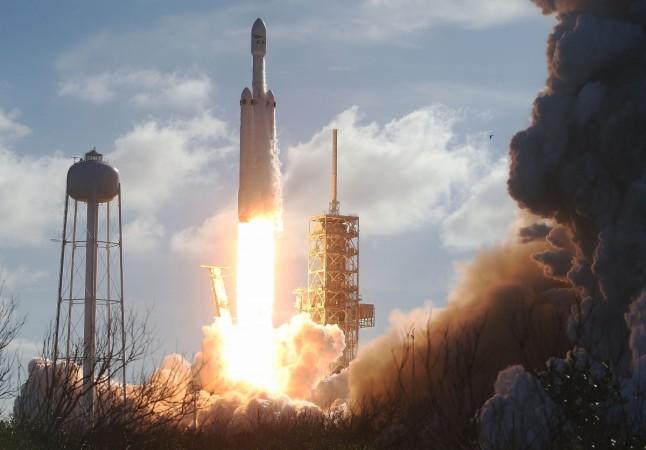
- SpaceX currently has and operates the most powerful rocket in the world- the Falcon Heavy
- Elon Musk's company is able to derive a lot more power from their rockets because of the load and go procedure that waits till the last minute before launch to fill in propellants
- SpaceX is seemingly sure that its procedures are safe and that safety of astronauts is not compromised by their methods
- NASA has also gotten criticism from long time industry experts who say that the space agency has become overly risk sensitive
SpaceX right now has not only the most powerful rocket in operation, they also operate launches at costs that are a lot less than most other space agencies in the private sector. However, they are yet to launch humans into orbit. NASA has now said that SpaceX tech and their methods are potentially dangerous and could put human lives at risk.
SpaceX loads up rocket propellant in their Falcon 9 rockets just before lift-off, this way, they can keep their fuel extremely cold, physically shrinking it, and their tanks can, as a result, carry more fuel, making them as powerful as they are, notes a report by The Washington Post. This approach, called "load and go" happens just before launch and if there are human astronauts on board, they are likely to already be in position before the propellant is filled.
Safety experts argue that this practice is unsafe, notes the Post. A small accident or a spark during this procedure could set off an explosion that could be catastrophic. This "ASAP report" has raised alarms in Congress just as NASA prepares to use SpaceX to carry humans to orbit this year. A NASA advisory group reportedly warned in a statement that load and go, as a method was "contrary to booster safety criteria that has been in place for over 50 years."
SpaceX had an accident while loading propellant into Falcon 9 tanks in September 2016 when the rocket blew up before launch. The payload it was carrying- a multi-million dollar satellite was lost in the explosion, but no one was hurt, notes the report. The concern, however, remains because if there were humans aboard that rocket, they might have died.
However, SpaceX is certain that their methods are safe. In January this year, Hans Koenigsmann, VP of Flight Reliability, testified during an informational hearing in Congress, where he said, "We use densified fuel, its sub-cooled way below the boiling point, and it's particularly adequate for rapid loading and what we tried to do here is minimize the time we expose not just astronauts but also the ground crew to the hazard of fueling. In this particular case, we strap the astronauts in, make sure they're comfortable, the ground crew retreats and we arm the pad abort system that we've already tested. Then we start fueling the main propellants within what amounts to half an hour essentially. It's a relatively quick procedure and we think that this minimizes the exposure time and therefore the safest approach."
This issue, notes the report is becoming a point of contention between the "safety obsessed" NASA and Elon Musk, who has set himself up as the maverick entrepreneur who is constantly pushing the limits with his rockets. NASA, on the other hand, does not embrace risk at all. The report mentions that after losing 14 astronauts in shuttle disasters, the space agency seems to come off as overly conservative.
"NASA is supposed to be a risk-taking organization," said Greg Autry, a business professor at the University of Southern California.
"But every time we would mention accepting risk in human spaceflight, the NASA people would say, 'But, oh, you have to remember the scar tissue'— and they were talking about the two shuttle disasters. They seemed to have become victims of the past and unwilling to try anything new, because of that scar tissue."
Former acting administrator of NASA Robert Lightfoot seems to agree with Autry on this. He too believes that NASA has become too risk-averse speaking about how in the early days of the Apollo mission, there was a certain youthful swagger that the agency has lost. "I worry, to be perfectly honest, if we would have ever launched Apollo in our environment here today," he said during a speech at the Space Symposium last month, "if Buzz [Aldrin] and Neil [Armstrong] would have ever been able to go to the moon in the risk environment we have today."
Lightfoot even remarked that one way to avert all risk is to never fly, "The safest place to be is on the ground," he chided.
As of now, NASA wants the "chance of death" for both SpaceX and Boeing, which is building the SLS, to be no greater than 1 in 270 flights.

















